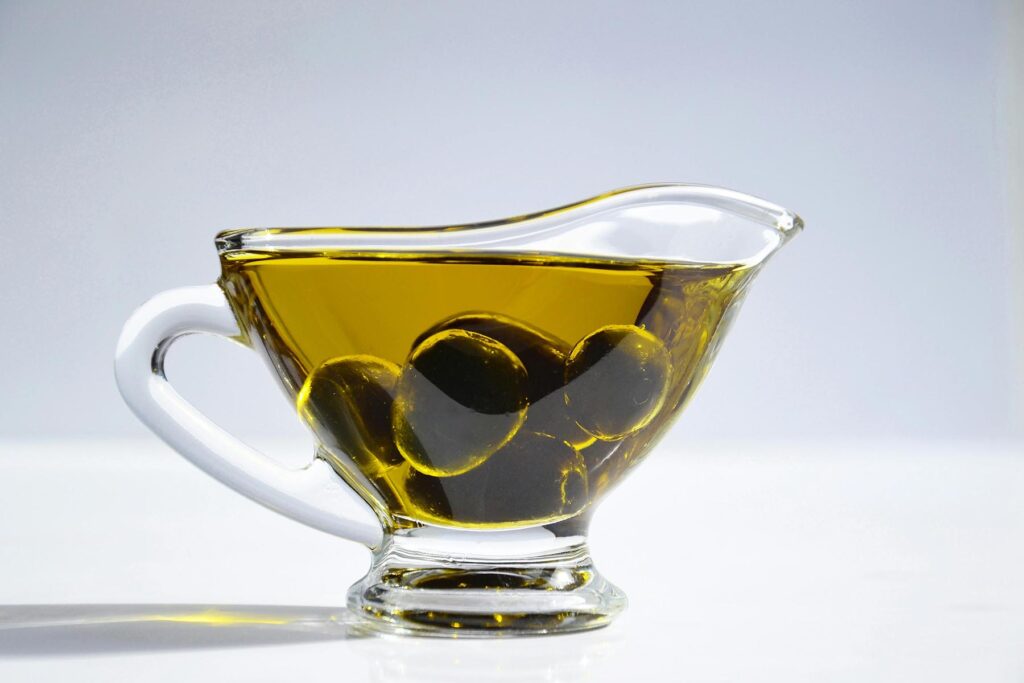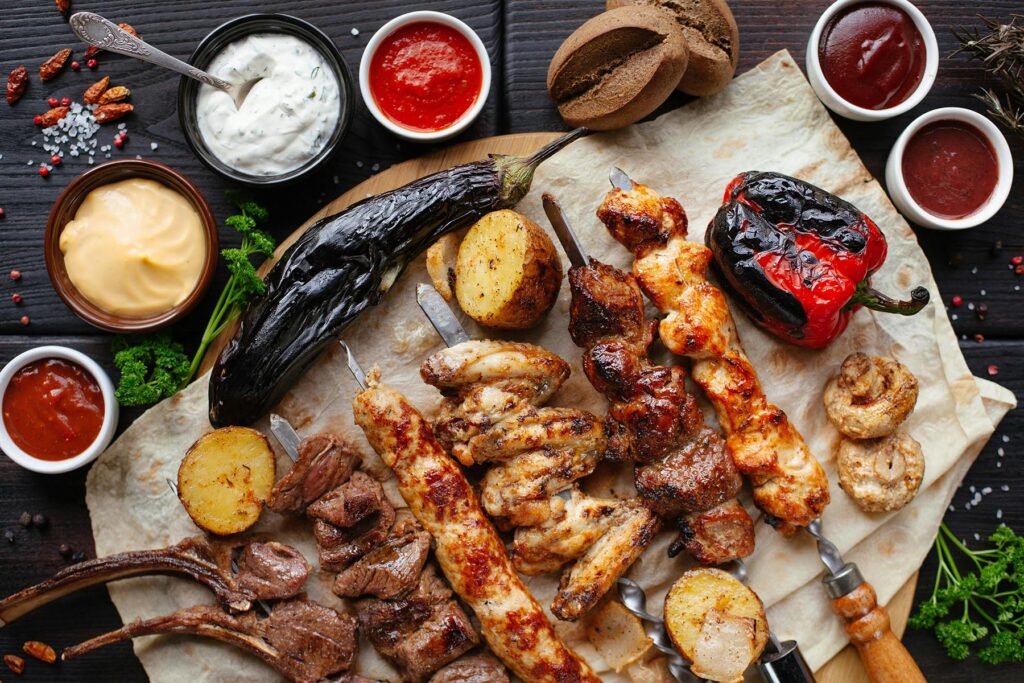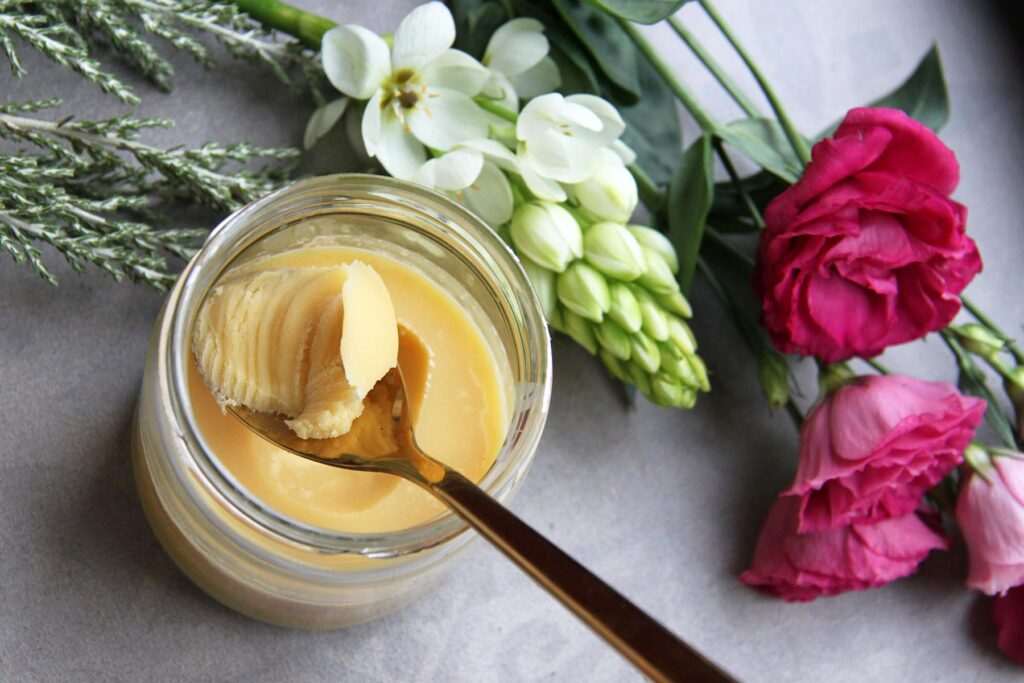
Written by Malgorzata Rose
Polish Easter traditions are a combination of old Slavic customs, regional traditions and most importantly, the Feast of the Resurrection of Jesus Christ. There are many Polish Easter traditions connected with the cuisine that we will share with you.
Holy Week begins on Palm Sunday. Palm branches symbolize victory and triumph. In Poland, the palm branches are made from native plants since it’s too cold for palm trees to grow. It was a common belief that a child carrying a high palm will grow tall in the future and during Easter, a man will eat much more than he eats on any other holiday. Even in the homes of peasants, Easter was a period of a great feast. Partly because of the joyful nature of Easter and also because it follows the season of Lent, the period of prayer and fasting. Traditionally only a few dishes were allowed to be eaten during the 40 days of Lent.

Two most popular Lenten foods have always been Żurek soup or Żur and herring. Żurek (zhooh-rek) soup is made from a sour rye starter (similar to that used for sourdough bread) and served with hard-boiled eggs and herring prepared in different ways.
Food Preparations begin on Good Friday. Housewives and kids work together to prepare foods for Easter. The most important of these have always been eggs. Easter eggs symbolize new life. Hard-boiled, beautifully decorated Easter eggs are called “pisanki”. There are a few techniques used to make them.

Kraszanka (or malowanka) – made by boiling an egg in a concoction of plants or natural products. Some of the popular colors are gold, made from the bark of young apple tree, black from oak, brown from onion peels, pink from beet juice to name a few.
Drapanka – is made by scratching the surface of a colored egg (especially kraszanka) with a knife or other sharp tool, to reveal the egg’s shell.
Pisanka – created by drawing on an eggshell with melted wax; the egg is then submerged into a dye.
Traditionally only women could decorate Easter eggs and men were not even allowed to come inside the house during the process. It was widely believed, that man entering a house, when women were preparing “pisanki” would bring bad luck!

Photo: Wikimedia Commons.
The tradition of food blessing during Easter has medieval roots and is still widely practiced in Poland. A basket containing a sampling of Easter foods (including pisanki) is brought to church to be blessed on Holy Saturday. The baskets are very decorative with foods having symbolic meanings, i.e.: eggs symbolize life and Christ resurrection, bread symbolizes Christ, salt – purification, ham – great joy and abundance. After the blessing, the food remains untouched until Easter Sunday morning.
In Poland, typical main courses for an Easter Sunday breakfast and dinner are comprised of all sorts of baked or fried meats, roasted pig, baked ham, roast leg of lamb, loin of pork, roasted veal, beef, turkey, duck or chicken.

The feasts can also include freshly made white sausage, and of course, bigos, know as a Hunter’s Stew. It’s ingredients vary, but most often it includes sauerkraut, cuts of meat and sausages, tomatoes (whole or pureed), honey and mushrooms.
Another traditional dish is sweet and sour braised red cabbage, boiled potatoes with caramelized onion and dill, pierogi (dumplings), horseradish, various cheeses, and chalka, a slightly sweet, braided egg bread with raisins, eaten for breakfast or with your dinner.

Of course, let’s not forget dessert. There is a full range of wonderful cakes including a variety that is lamb shaped. The most popular cake is “Mazurek” (a type of pastry), “Babka” a rich bread-like cake, often shaped to reminiscent a woman’s skirt, hence its name Babka (Grandmother Cake). Honey cake, makowiec – which is Polish specialty (poppy seed cake), sernik (cheesecake) and many other delicious desserts.
The Easter holiday is not just about food. It’s also about getting together with extended family and friends and enjoying leisure time.

Monday after Easter is also a holiday in Poland and most shops are closed for business. Easter Monday or Wet Easter Monday is known as Smingus-Dyngus day in Poland and that’s when boys chase after girls with buckets full of water and try to drench them with it, all in good fun!
Poland is always worth visiting and Easter is just one of the many times of year to experience both the great food as well as wonderful people and atmosphere!
Our Friends at Poland Culinary Vacations have a variety of experiences they offer throughout the year. Check out their website for details of all their various tours.
Wesołych Świąt Wielkanocnych! Happy Easter!



